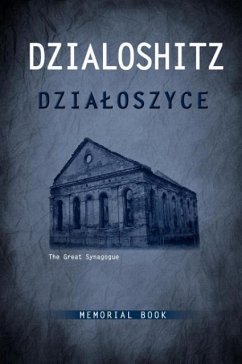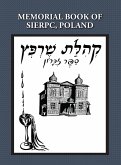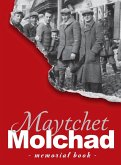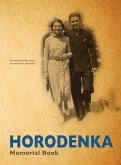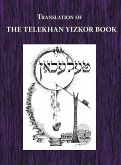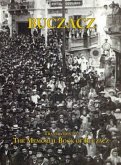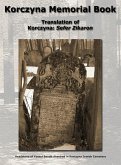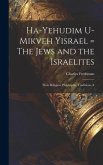Dzailoszyce in Polish is also known as Zaloshitz in Yiddish, Dzyaloshitse in Russian, and Dzialoshitz, Zalazhtsy, Zaleshits, Zaloshits and Salshits. Dziäoszyce is a small town in southeastern Poland, 27 miles northeast of Kraków, that sits on a fertile plain surrounded by mountains. The first Jews arrived there in the 16th century, attracted perhaps by the fact that Dziäoszyce was on the trade route from Kraków to the north. By 1820, 75 percent of the town's 1700 residents were Jews; in the late 1930s, more than 80 percent of its 8,000 residents were Jewish. Most Jews in Dziäoszyce made their living through trade or crafts. The town was surrounded by small villages inhabited by peasants. Jewish peddlers went from village to village selling merchandise and purchasing agricultural products. While most Jews in Dziäoszyce were not very prosperous, some owned large estates in the surrounding areas, and the proprietors of most flour and barley mills, the oil refinery, and the town power plant were Jews. Religious life centered around the beautiful town synagogue and the small Hasidic houses of prayer. Communal life was organized through the kahal [community council] and khevres [societies] with various functions. In the interwar period, theater productions and sports events were popular. Zionist organizations sprang up and trained young people to be pioneers; a sizeable number emigrated to Palestine. During the war, mass killings and deportations virtually destroyed the Jewish community. Some were sent to their deaths at the Be¿¿ec camp, others to the Kraków ghetto and then to P¿aszów. Today, the formerly Jewish town has no Jews and only 1200 inhabitants. This Yizkor book, written originally in Yiddish and Hebrew by former residents as a memorial to their beloved town, provides a vivid portrayal of what Jewish life was like in Dziäoszyce before and during the war.
Hinweis: Dieser Artikel kann nur an eine deutsche Lieferadresse ausgeliefert werden.
Hinweis: Dieser Artikel kann nur an eine deutsche Lieferadresse ausgeliefert werden.

